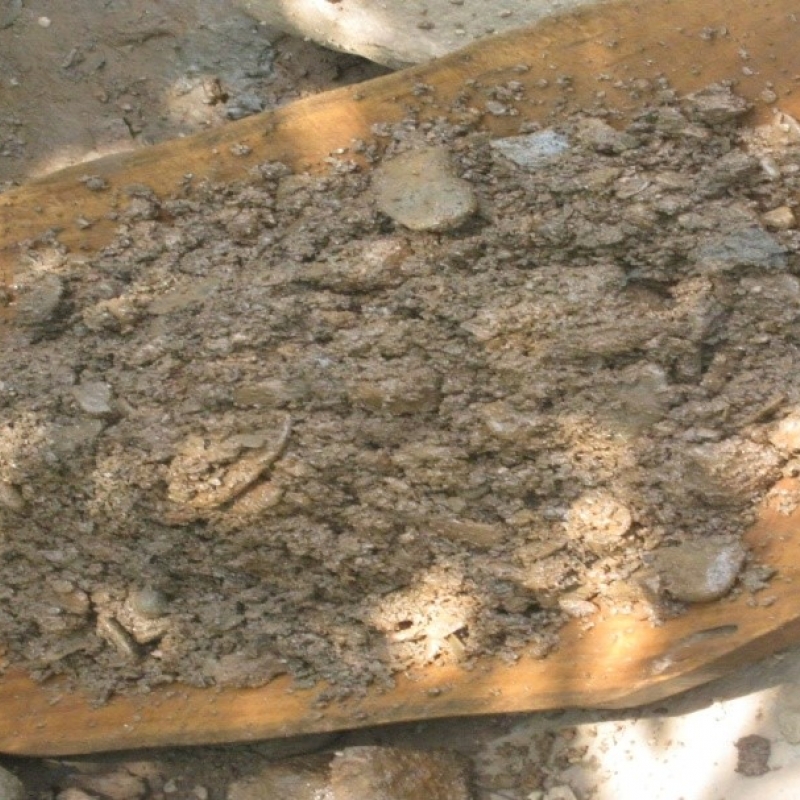Introduction
Cultural heritage has been defined by UNESCO in terms of three domains: tangible culture like buildings, monuments, landscapes, books, works of art and artifacts; intangible culture such as folklore, traditions, language and knowledge; and natural heritage such as culturally significant landscapes and biodiversity. Intangible Cultural Heritage encompasses the 'practices, representations, expressions, knowledge, skills' that 'communities, groups and in some cases, individuals recognize as part of their cultural heritage' (Convention for the Safeguarding of the Intangible Cultural Heritage 2003). It is sometimes called living cultural heritage.
Cultural practices are passed on from generation to generation. One such tradition is that of tribal communities spewing gold from the river bank of Koyal and Koyna in the district of West Singbhum, Jharkhand. This unique occupation is said to have come from ancient times, and is original in character. These types of occupation are not part of gold-making professions or industries because they do not provide much benefit. That’s why these traditional occupations are limited to some groups of tribal people. But it is required to support the livelihood of people, the continuity of whose existence and way of life is otherwise under threat as a result of the growing irrelevance of their traditional occupations in the modern context. It is important to preserve this regional tradition for coming generations. Such activities are not considered valuable in regional studies, and their omission leads to gaps in knowledge. Therefore, we seek to document these special methods of spewing gold from the river.
Jharkhand
Jharkhand is a land of forests and minerals, its capital being Ranchi. It shares boundaries with Bihar, Uttar Pradesh, Chhattisgarh, Orissa and West Bengal, the state is spread over an area of 79,710 square kilometres. 40 per cent of India’s mineral production is contributed by Jharkhand. The state is primarily rural because Asia's largest dense forest lies here, the Saranda forest. Many tribes found here such as the Urav, Kol, Ravtiya, Tati, Dom, Ghasi, Jhura, Lohra, Poda, Munda, Mahto and Khandapatro live in very small villages. The main occupation of these people is farming but those who do not have lands work as labourers, spew gold from the river bank, craft bamboo articles and mats from the leaves of date and palm trees, or subsist on fishing and poultry.

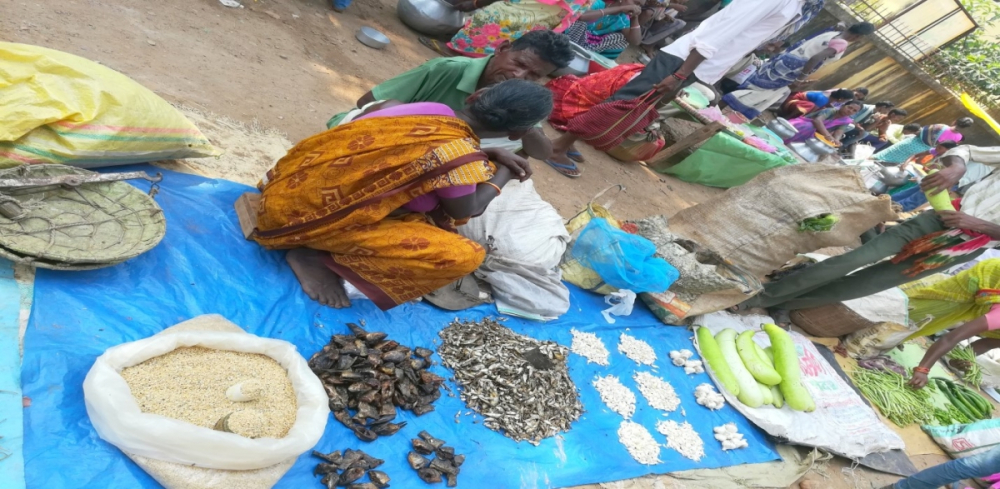
Spewing gold is only undertaken in Bihar and Jharkhand, by the river bank. Subarnarekha, Karkari, Ratangarbha, Koyal, Koyna and Damodar rivers in Jharkhand and Ramnagar area of western Champaran district of Bihar are the hub of this practice of spewing gold. The soils here contain minute gold particles which are spewed out by the tribal people. Spewing of gold is the main occupation of the Jhura tribes, but other tribal people who are educated or uneducated and unemployed, spew gold from the river banks to meet their daily needs.
Manoharpur and its tribes: Their life and culture
In Manoharpur spewing gold was done by villagers of Dalkhitola, Tirla, Anandpur, Dheepa, Purana Manoharpur, Runghikocha Mohaldiya and Kolbhanga. Spewing gold from the river banks is an ancient practice. The practice is sometimes coupled with other occupations such as work on the field, or activities such as weaving mats from date or palm trees, but sometimes it is the only activity of the villagers. It is the main source of livelihood for people of the region. Their houses are small, made from mud and wood with the help of cloth and plastic, and are made up of a kitchen, living room and bedroom in which a family of four to ten members lives happily.

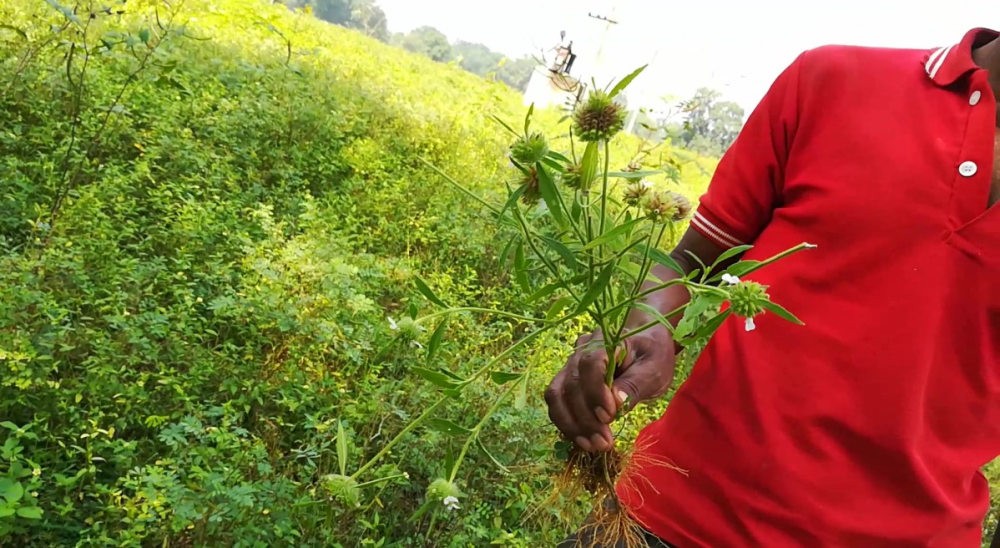
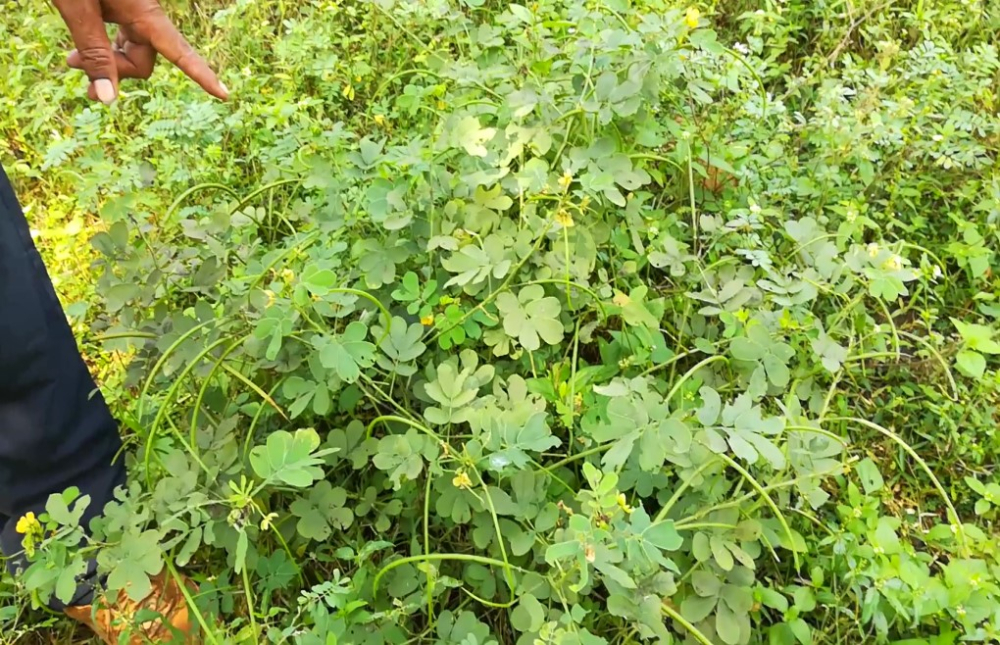
The main festivals of the people of this tribe are Masant, Pus, Karma, Tusu, Gohalpuja and Holi. Their food is mainly rice and saag (spinach) or fish. Saag is made from the powder of dried leaves of plants known as Kucchu gunda, Chaknda gunda and Sarna gunda.
They favour a rice-based drink called 'Hadiya' which acts as an energy drink, but when consumed in excess causes drunkenness. A similar effect occurs with another drink made from palm tree juice called 'Tadi'. Inebriation is seen mostly during festivals when meals of rice with chicken are eaten, with the brew as an accompanying drink. In some festivals they cook preparations with the new crop yield, and eat these as prasad after worshiping their local god/goddess.
Females generally wear sarees and silver ornaments with glass bangles, while males wear lungi, gamcha and nikkar. Also important is the marking of the body, what we call tattoos and they know as khoda, which is believed to give them entry into heaven, otherwise Yamraj (the god of death) will send their soul back to earth.
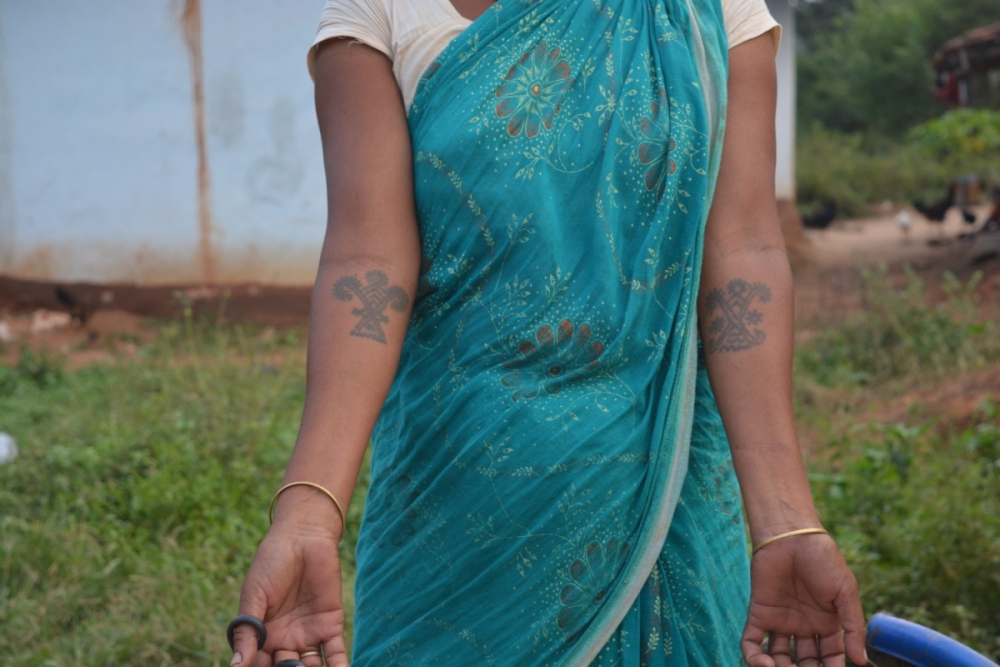
Spewing of Gold from the River Bank
No one can tell exactly how long this process has been going on or how it started. Several generations of tribal people have done this work; they see this process from childhood and so learn it. They go to the bank in the early morning after preparing their daily meal. To reach the river bank they travel approximately 10-14 kilometres from their homes and return by 3:00 to 4:00 pm. The technique of spewing is not difficult but requires concentration so that the gold is not washed out into the water. The soil contains gold and during the rainy season when water levels in the river are high, the upper layers of soil on the river bank are washed away and the rest settles to the bottom because gold particles are heavier than soil particles. The people of this tribe take soil in a tray called 'fora' with the help of spuds commonly called 'khurpi' and dip the fora containing soil in the water, after which they wash the soil and let the gold settle to the bottom. Once only a few very minute particles of sand are left with gold particles in the fora, this is collected on a plate and left to dry in the sun.
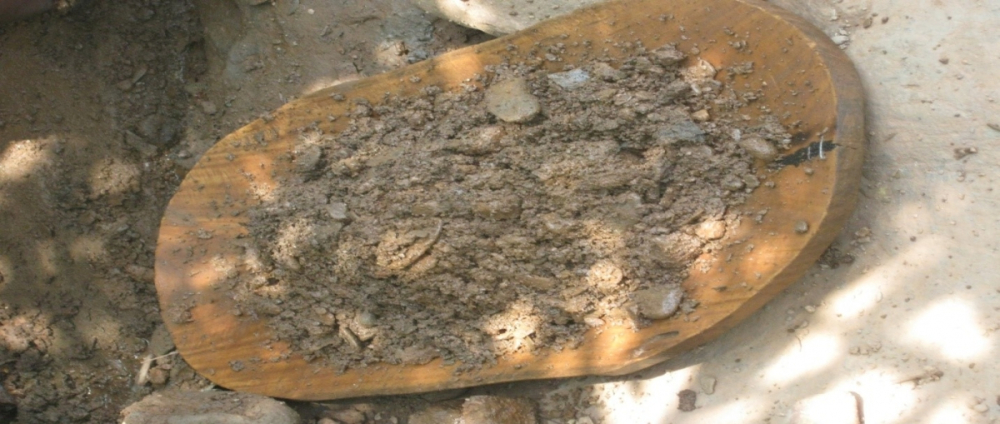
This process takes 10-15 minutes, so in a day they spew gold 20-25 times. After it dries, the gold particles which are bigger than tiny sand particles can be separated out. These gold particles are sold to the goldsmith in the village or nearby town, and weighed in relation to a single bit of rice. In a day they wash approximately three to six bits of rice, and in a week they earn approximately Rs. 2000-2500.
The hard work is also risky as it sometimes yields more gold while at other times they get nothing. While some families have alternative occupations, for others this is the only source of income. This occupation allows them to live their lives smoothly; they enjoy this life. They don’t need much, nor do they feel anything lacking in their lifestyle.
Sources
Interview of A.K. Gupta (73 years), timber merchant, native of Manoharpur, October 29, 2017.
Interview of Jaiprakash Tigga (35 years), spewer of gold and farmer, native of Tilra village, October 30, 2017.
Interview of Manoj Singh Dev (40 years) contractor, native of Tirla Village, October 30, 2017.
Interview of Indira (45 years) and Dasrtha (30 years), spewers of gold, natives of Dalkhitola, October 27, 2017.
Interview of Gondubandia (50 years) spewer of gold, native of Kolbhanga, June 15, 2012.
References
ETV Bihar/Jharkhand. 2015. 'Jharkhand ki Nadiyan se Nikal Raha Hai Sona' Online at https://hindi.news18.com/news/jharkhand/ranchi/gold-flows-in-jharkhand-rivers-824696.html (viewed on October 19, 2017).
Kashyap, Babita. 2015. 'Yahan Milega Free Me Sona.' Online at http://www.jagran.com/news/oddnews-jharkhand-rivers-was-spewing-of-gold-12825383.html (viewed on October 16, 2017).
Moral, Harendra Singh, 2015. 'Yahan Nadiyon Se Nikal Raha Sona, Khud Hi Dekh Le'. Online at http://www.amarujala.com/jharkhand/jharkhand-rivers-was-spewing-of-gold-hindi-news (viewed on October 16, 2017).
Saini, Dinesh. 2017. 'Yeh Nadi Ugalti Hai Sona.' Online at https://www.patrika.com/story/weird-news/rivers-spewing-of-gold-in-jharkhand-2498706.html (viewed on October 16, 2017).
Singh, Krishna Kumar. 2017. 'Here A River Is Spewing Gold'. Online at https://krishnakumarsinghblog.com/2017/08/18/here-a-river-is-spewing-gold/ (viewed on October 17, 2017).
